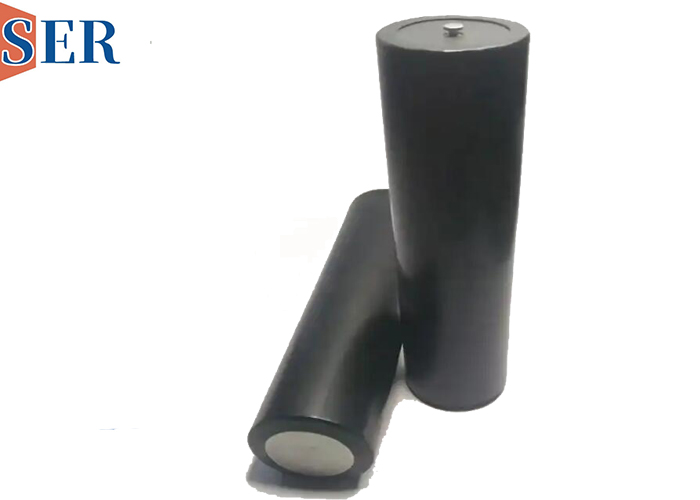High-Temperature LiSOCl₂ Batteries in the ER14250S and ER14250MR Series
High-Temperature LiSOCl₂ Batteries in the ER14250S and ER14250MR Series
In the realm of advanced battery technologies, the pursuit of reliability and performance under extreme conditions has led to the development of specialized chemistries tailored for harsh environments. Among these, Lithium Thionyl Chloride (LiSOCl₂) batteries have emerged as a formidable contender, particularly in applications where conventional batteries falter due to high temperatures. This article delves into the intricacies of the ER14250S and ER14250MR series of LiSOCl₂ batteries, two variants designed to operate in temperatures far exceeding the norm, up to 150°C and 145°C respectively. We will explore their unique characteristics, applications, design considerations, safety features, and the challenges faced in their development and deployment.

Section 1: Understanding LiSOCl₂ Battery Technology
1.1 Fundamentals of LiSOCl₂ Chemistry
Begin by introducing the basic chemistry behind LiSOCl₂ batteries, highlighting their high energy density, long shelf life, and wide operating temperature range. Discuss how the combination of lithium metal as the anode and thionyl chloride (SOCl₂) as the electrolyte and cathode reactant enables these batteries to perform in extreme conditions.
1.2 Advantages Over Other High-Temperature Batteries
Compare and contrast LiSOCl₂ batteries with other high-temperature battery technologies, such as nickel-cadmium, nickel-metal hydride, and lithium-ion batteries, emphasizing their superior performance in terms of energy density, cycle life, and safety under high temperatures.
Section 2: The ER14250S and ER14250MR Series in Detail
2.1 ER14250S: The Workhorse of High-Temperature Applications
Specifications and Dimensions: Provide detailed specifications of the ER14250S battery, including its voltage (3.6V), dimensions, and weight.
Operating Temperature Range: Discuss how the ER14250S is designed to operate reliably up to 150°C, making it ideal for applications in oil and gas exploration, aerospace, and other industries where equipment operates in extreme heat.
Performance Characteristics: Highlight its high energy density, low self-discharge rate, and long shelf life, which contribute to its popularity in demanding applications.
2.2 ER14250MR: Pushing the Boundaries of High-Temperature Tolerance
Introducing the ER14250MR: Introduce the ER14250MR as a variant designed for even more extreme conditions, capable of operating up to 145°C.
Design Differences: Compare and contrast the design features of the ER14250MR with the ER14250S, focusing on any material or structural modifications that enable it to withstand higher temperatures.
Specialized Applications: Discuss specific applications where the ER14250MR's extended temperature range is crucial, such as deep-sea exploration, high-altitude drones, and certain military hardware.
Section 3: Design Considerations and Manufacturing Challenges
3.1 Materials Science and Engineering
Explore the materials used in the construction of LiSOCl₂ batteries, particularly those that enable them to withstand high temperatures. Discuss the challenges in selecting and engineering materials that maintain structural integrity, chemical stability, and electrical conductivity at extreme temperatures.
3.2 Safety Measures
Detail the safety features incorporated into the design of these batteries to prevent thermal runaway, leakage, and other hazards associated with high-temperature operation. This includes the use of specialized separators, pressure relief valves, and robust packaging





